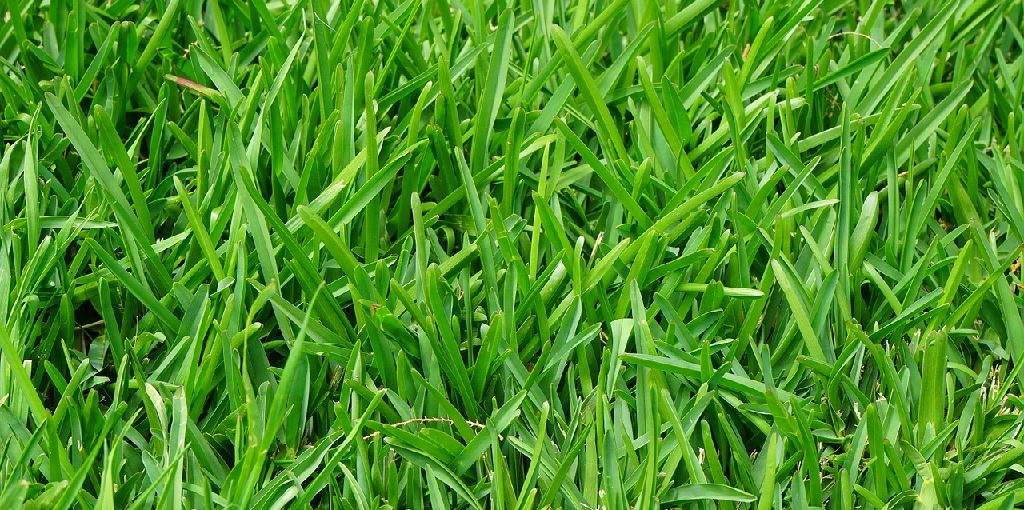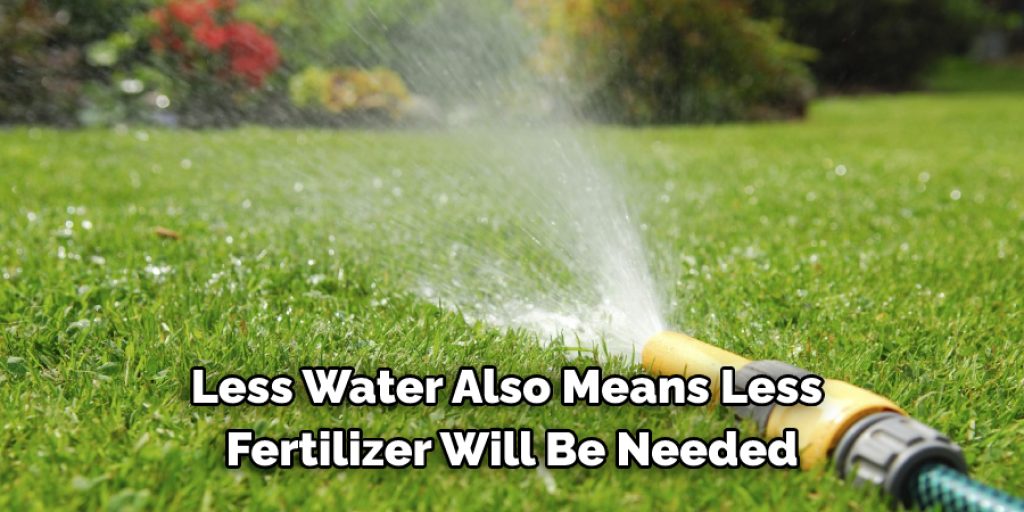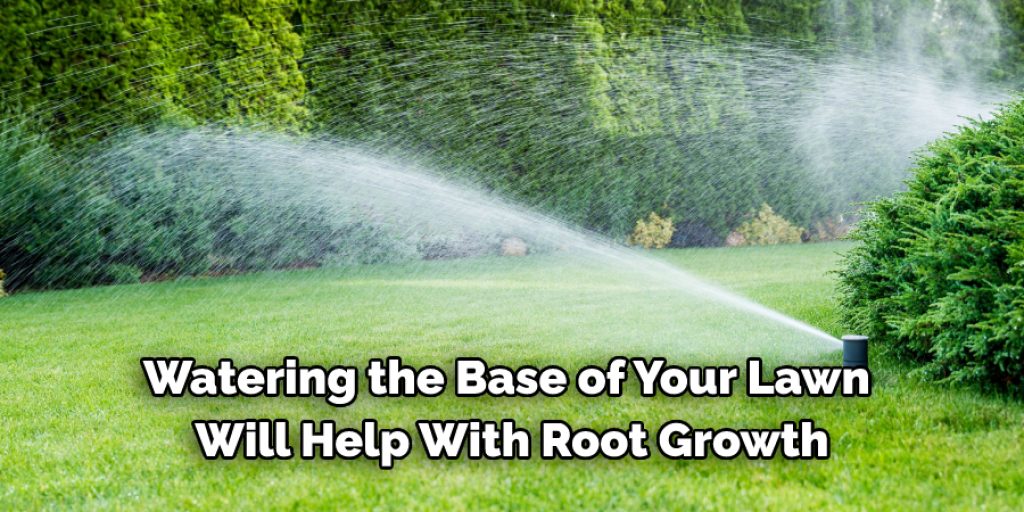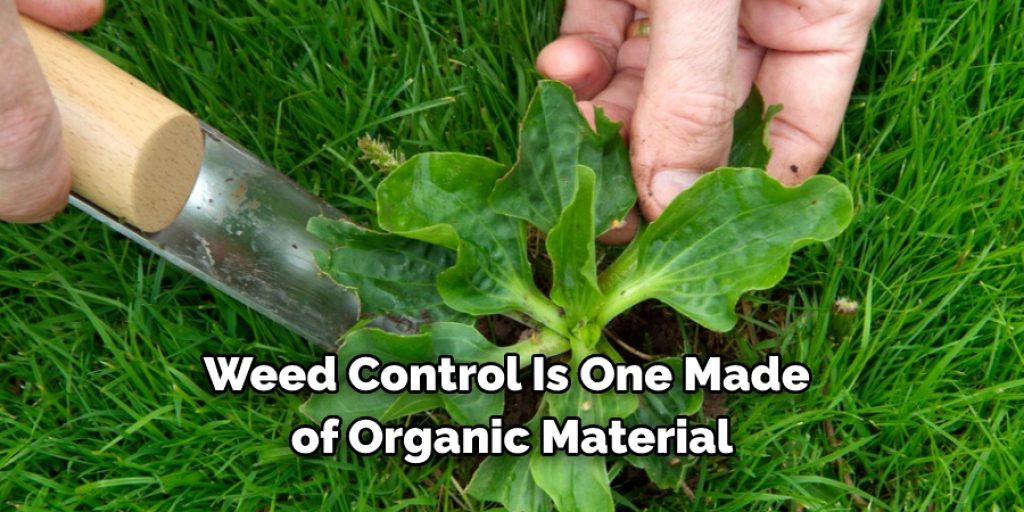How to Keep Lawn Green With Less Water
A lawn is like a living thing. It needs food to survive and thrive. It thrives best when given the right amount of water to drink, but too much or too little will cause it to wither away. This article will teach you how to keep lawn green with less water so that both your lawn and the environment can benefit from your conservation efforts!
The environment and homeowners are conserving water by using less of it to keep their lawn green. Regulations on lawn watering have been in place for many years now, but many people still overwater their lawns. This is a quick and easy fix and can be done with less time and money than you think!

The Importance of Conserving Water for a Green Lawn
Water is an expensive resource that is becoming more scarce every day, and it’s good to know how you can conserve water. One way to do this is by keeping your lawn green with less water. Lawns are not the only plants that need water, but they are the ones that use the most of it because they grow fast and require frequent watering.
When there’s an extended period of time without rain, lawns must be watered more often than before; therefore, using less water on your lawn will help conserve more of it.
There are several ways you can maintain a green lawn with less water. For example, you can mulch, aerate your soil, fertilize properly, and avoid over-watering your lawn. Laying down mulch around the edges of your yard can help block excess sunlight from reaching the soil.
Another thing to try is aerating your lawn using a tool such as a core aerator or power raker, so there is more space between the soil and grass blades to hold in water. If you’re interested to know how to keep lawn green with less water then keep reading this blog post.
You Can Check It Out to Smooth Out Your Lawn
5 Benefits of Using Less Water in Lawn

1. One of the benefits of using less water for your lawn is that you can get a beautiful lawn without spending excessive amounts of time and money outside.
2. When you use less water, it means that your grass can survive without having to stay a certain shade of green all the time.
3. This is not only good for the environment, but it is also good for you! When lawns are allowed to grow and change colors naturally, they can help reduce stress in your life.
4. Less water also means less fertilizer will be needed on the lawn, which means fewer chemicals entering the waterways with run-off.
5. Using less water, for lawns and other plants alike, means that you will save energy!
Ten Ways on How to Keep Lawn Green With Less Water:
Here are some ways we have mentioned on how to keep lawn green with less water so that you and the earth will benefit from your conservation efforts:
1) Reduce the Frequency of Water:
Just reduce the frequency of your lawn watering. For example, only water every other day instead of every day. This will also allow your grass to go dormant during dry days which will help it stay alive and prevent weeds from popping up everywhere!
2) Adjust Irrigation Controller:
If you live in an area with quite a few droughts, adjust your irrigation controller to water for shorter durations on more days. This will allow the moisture of the grass to last longer and not be wasted all at once with rain or dew.
3) Water During Off-peak Hours:
Watering at night is always better than watering during the day because it lessens the amount of water that evaporates into thin air. However, the sun can be fierce, especially when mixed with high winds.
4) Water Deeper:
If you water your lawn using a sprinkler system, try adjusting the depth at which the grass is watered to around 6 inches. This will allow the grass roots to reach deeper for water and help prevent them from dying or turning brown.
5) Keep Grass Clippings:
If your lawn gets cut every week, make sure you collect all of the grass clippings after mowing. The more that is on top of the grass, the more evaporation will occur. In addition, you can use the clippings as compost or fertilizer for your lawn!
6) Apply Water Only at the Base:
Watering the base of your lawn will help with root growth. The grass needs water to survive, if it doesn’t get any water, it will die. In addition, direct watering helps lower the amount of evaporation that occurs on top of your grass.
7) Use Mulch:
This is probably one of the simplest ways to conserve water on your lawn. Putting down mulch around the area that your grass is planted will help keep it moist for longer periods of time because it will be harder for the sun to evaporate all of the moisture from the ground.
8) Use Drip Irrigation:
Drip irrigation systems are very good at delivering small amounts of water to the roots of your grass, rather than just letting it all evaporate on top. This method does cost more money upfront for installation, but it is definitely worth the money.
9) Get Rid of Fertilizing and Weed-killing Chemicals:
If you don’t need to kill any weeds growing into your grass, don’t use weed-killing chemicals! Doing this will prevent chemical runoff from going into the water supply. And as far as fertilizers go, they can be replaced with compost and natural fertilizer. These both help the grass grow healthier and stronger so it doesn’t need as much water to stay alive.
10) Use Drought-resistant Grass:
There are many different types of grass out there that require less water to keep thriving, like buffalo grass or bluegrass. Using these grasses will save you money down the road because you won’t have to water them as often!
Tips for Maintaining a Beautiful Lawn Without Using Much Water

One of the benefits of using less water for your lawn is getting a beautiful lawn without spending excessive amounts of time and money outside. If you have an idea on how to keep lawn green with less water then follow these tips for how to maintain a beautiful lawn with less water:
1. Buy drought-tolerant plants that don’t need much watering, such as juniper or ground cover.
2. Add mulch around your plants to help stop evaporation in the soil.
3. Water in the morning when it’s cooler or at night after showers have passed through. This will reduce evaporation.
4. Choose a plant that has an invasive root system for its ability to absorb more moisture in the ground.
5. Use a pop-up sprinkler so you can determine the exact area that needs watering. This can help conserve water without wasting it on parts of your lawn that are getting the right amount.
6. Keep your grass at least three inches tall to get more ground cover for evaporation to take place naturally.
7. Finally, check your sprinkler system to ensure that it’s not leaking or over-watering.
With these tips, you can have a green lawn while conserving water and saving time. No need for an endless summer outside when you can enjoy the pool all year round!
How to Conserve Over Excessive Water in Your Lawn?
Lawn watering regulations have been in place for many years, and many people over-water their lawns. The answer to this problem is easy and can be done with less time and money than you might think! Let’s start by looking at what actually happens when you water your lawn.
When the soil is wet, it affects how well grass can absorb nutrients from the soil. That means that if you are watering less, there is more time for the grass to absorb nutrients in between watering times.
This leads to a healthier lawn with fewer diseases and bugs because the roots get all of the nutrients they need to grow. Lawns should be watered early in the morning or later in the evening when it is cooler outside,
this will water your lawn without evaporation from the heat of the day. To avoid spending too much time watering your lawn, adjust your timer so you can set a schedule that doesn’t require you to water it every day.
How to Mulch for Moisture Retention and Weed Control?

Mulching is probably the most popular way of keeping the weeds away in your garden. Mulch helps retain moisture in the soil, insulate delicate roots from heat, and deter weed growth. The best mulch for moisture retention and weed control is one made of organic material like shredded bark, leaves, or pine needles. As soon as you get rid of all that ugly debris on your ground, put down about six inches of mulch!
Final Words
Worry no more if you’ve been struggling to keep your lawn green with less water! We have the perfect solution for you. You can maintain a beautiful yard without using much water by following these simple tips on keeping a lawn green with less water.
Try to conserve outdoor watering time and frequency by waiting until the evening or morning hours when it is cooler outside before watering your lawn.
The daytime sun will evaporate any wet spots on your grass that could lead to mold or fungus growth. Also, to encourage the root system to grow deeper and therefore become more drought-resistant.
Most of an established lawn’s roots are in the top three to four inches of soil, so you don’t need to water daily or even every other day. It is also important to remember that overwatering will lead to grass clippings piling up around the roots, which can cause damage or even kill your lawn.




